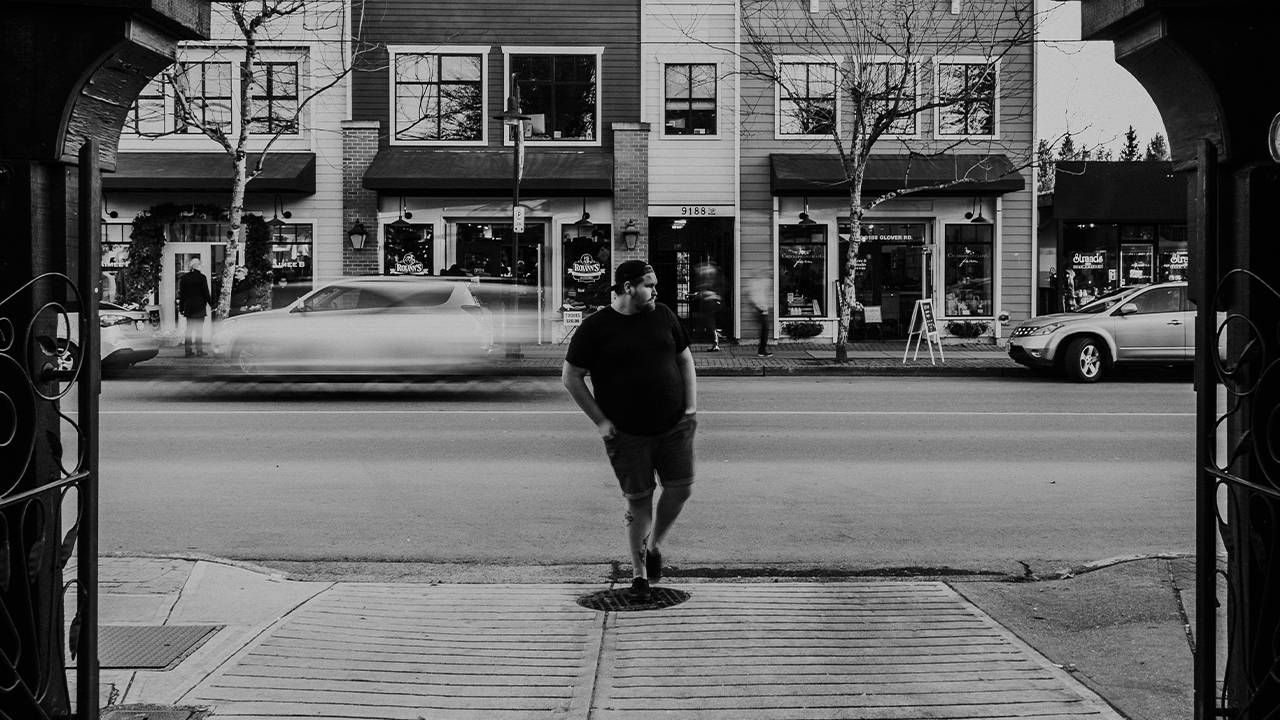The Dilemma of Disability Designations
A parent's view on why stigmas can be damaging, and how awareness may help overcome them
Personal memories start me down this road to write about the emotional ramifications of disability labels and associated stigmas. As a parent, I will never forget when my son was in his mid-twenties, standing outside a bagel store talking to himself, his arms rocking by his side. I had gone into the store and heard the employees talking about my son, saying he looked "crazy." They were afraid he would come into the store.

My son, now in his forties, has autistic qualities that emerge, especially when he is anxious. I brought my son into the store so the employees could see he was not dangerous. My son immediately stopped talking to himself and appropriately ordered a bagel. I remember the damaging effects of stigma and have often wondered why people who have odd or bizarre behavior tend to make others feel unsafe?
Being labeled a certain term is hard enough; enduring the stigma associated with it adds to the burden.
Being labeled a certain term is hard enough — enduring the stigma associated with it adds to the burden. Perceived unacceptable behavior, having a disabling condition and label often becomes synonymous with certain stigmas.
Graham Scrambler, a sociologist specializing in medical sociology, describes two types of stigmas in a 2002 article in the Journal of the Royal Society of Medicine: Felt stigma refers to the shame people feel about themselves and inhibit them from talking about their experiences and seeking help. They also may fear that they will encounter enacted stigma if they reveal their disability or condition. Enacted stigma refers to "the experience of unfair treatment by others." We can strive to counter stigmas through education and awareness.
I took a closer look into this intersection by interviewing two professional acquaintances.
As a practicing psychotherapist for 30 years, David Schnee, of Willowbrook, Ill., looks at people's emotional suffering based on their experiences. "Labels themselves aren't good or bad. It is the meaning one attributes to the label that matters."
Schnee explains that someone given a mental health diagnosis such as major depressive disorder may see themselves as defective or weak and refuse the help often associated with the label. On the other hand, a different individual with the same diagnosis may perceive this label as a framework to obtain and benefit from treatment.
Furthermore, one does not need a label to experience stigma. For example, if you see a person on the street arguing with himself, you may avoid him because his behavior is bizarre. Schnee rightly points out that "People may feel uncomfortable or possibly unsafe when another person's behavior is highly unpredictable."
Creating a Safe Classroom Space
Ellen Peirce, a special education high school teacher, has 34 years of experience teaching in high schools. She spearheaded a program at Niles North High School in Skokie, Ill. for students who all had labels — usually brain injury, non-verbal learning disability, and autism.
The priority was to create a safe physical space. She included a "down time" room with a window but no door so students could easily listen to the lesson while also getting comfort from objects in the room, non-fluorescent lights that did not make distressing buzzing noises, a medical area with bathroom and shower for a full-time nurse, and cubbies for each student to reduce time in the noisy hallways.
Among the students, there was no ridicule or judgment. "I'd like to think it was a huge sense of relief that they were in a safe place, and they wanted to keep it safe for everybody," said Peirce. As a result, the classroom was a haven, free from stigma while giving the students the ability to grow.
Labels and stigmas encroached when attempts were made to mainstream students into regular education classes.
Peirce said, "The faculty frequently hesitated, were truly frightened to see these students come to their classroom."
The Impact of Labels
For example, one teacher said, "I don't know if there is going to be bizarre behavior, I just want to teach. I don't want to mess with somebody spinning around in the classroom." Peirce was the catalyst that encouraged the teacher to try this student for one week. After a week, the teacher loved the student.
"Labels didn't matter to me. That was a parent issue," Peirce explained.
In meeting with parents, terms like "disability," "handicap," or a lot of "disciplinary issues" sent a negative message. Frequently, parents felt their students didn't need any special help. They were resentful; some of them had been traumatized by previous meetings.
Peirce became the bridge, building trust with parents and their children as they entered high school; she had heard from colleagues that some "parents left meetings in tears and sat in their car and cried."
From those years, he wrote, "I feel bad about myself because I can seize at any time. I feel embarrassed because people may be staring at me while I'm unconscious..."
My son, one of Peirce's students for all four years of high school, had a perinatal right-frontal hemorrhage resulting in spastic left hemiparesis. At age six, the results of testing showed a non-verbal disability. And later, autistic qualities were noted. Finally, he developed intractable seizures during his sophomore year of high school.
While stigma was not overtly apparent in the classroom, I know my son suffered from self-stigma because of epilepsy.
From those years, he wrote, "I feel bad about myself because I can seize at any time. I feel embarrassed because people may be staring at me while I'm unconscious. ... I didn't want to go anywhere or do anything." Because my son no longer has seizures, epilepsy for him does not carry the stigma it once did.
To this day, the labels my son carries enable him to receive services, and entitlements which are necessary for his day-to-day life. Ironically, due to stigma attached to some of his involuntary social behaviors, he has had difficulty maintaining consistent work. I hope in his new part time job people will be more accommodating to his weaknesses, as stigmas do hold him back.
Let's hope that someday soon, my son will walk into a store to buy a bagel, not met with fear, but with common decency and respect for those whose differences manifest in behaviors.


